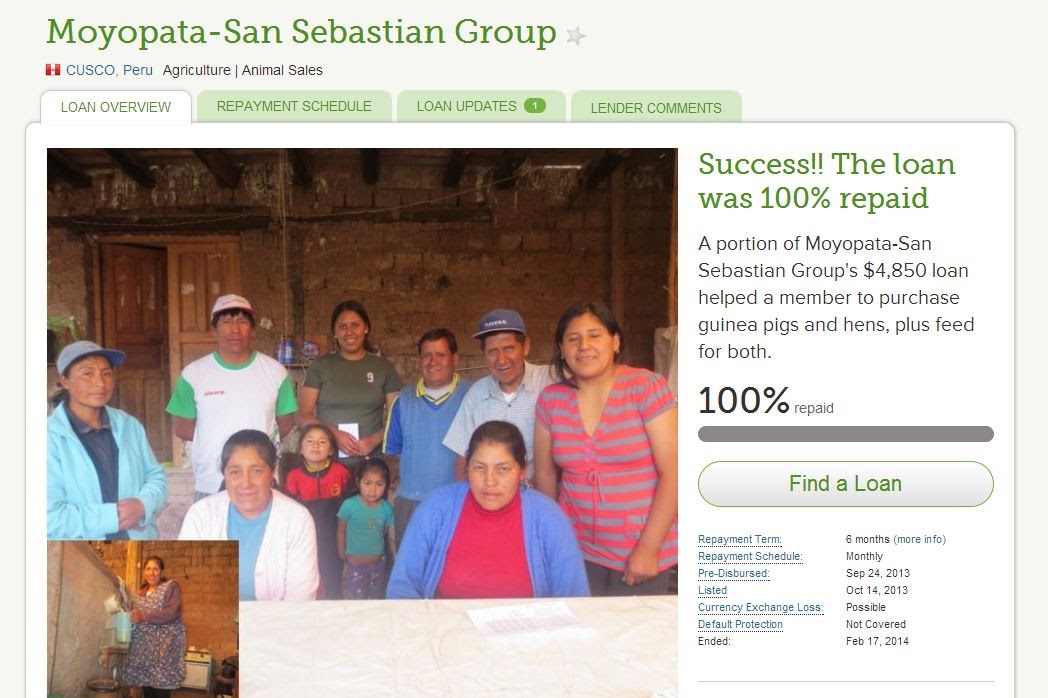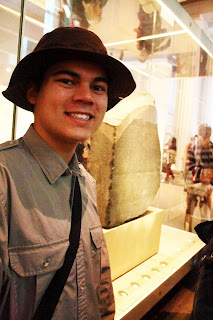This is the second of a three part series. Part 1 can be found here and part 3 can be found here.
Last week we talked about the savings groups that allow individuals living in poverty to be able to get periodic access to more liquidity than they would otherwise be able to get. At some point, a Bangladeshi economics professor named Mohammad Yunus realized that the amount of money required to make some simple life improvements was as little as a few dollars. These could be the same things as the savings groups facilitated but also might be things on a larger scale. In Bangladesh, the “larger scale” could indeed be the equivalent to just a few US dollars. In other words, an insignificant sum in the developed world might be a huge sum of money in the Third World. This reality became an important feature as Mr. Yunus innovated the microfinance machine: a platform for allowing philanthropically minded individuals who could spare a few dollars to pool their resources and fund loans to the poorest of the poor. These loans, which range from $25 to a few thousand dollars, are used in some capacity to help a person who does not have access to a commercial bank’s credit to make some investment that would help them work out of poverty.
Last week we talked about the savings groups that allow individuals living in poverty to be able to get periodic access to more liquidity than they would otherwise be able to get. At some point, a Bangladeshi economics professor named Mohammad Yunus realized that the amount of money required to make some simple life improvements was as little as a few dollars. These could be the same things as the savings groups facilitated but also might be things on a larger scale. In Bangladesh, the “larger scale” could indeed be the equivalent to just a few US dollars. In other words, an insignificant sum in the developed world might be a huge sum of money in the Third World. This reality became an important feature as Mr. Yunus innovated the microfinance machine: a platform for allowing philanthropically minded individuals who could spare a few dollars to pool their resources and fund loans to the poorest of the poor. These loans, which range from $25 to a few thousand dollars, are used in some capacity to help a person who does not have access to a commercial bank’s credit to make some investment that would help them work out of poverty.
This “investment” is
usually related to their line of work such as seeds, tools, and livestock for
farmers, input factors like raw materials for manufacturers, and goods to be
sold at a grocery store or restaurant.
Having thus borrowed a sum of money, the person taking the loan directs
the resources in an appropriate value-adding way and pays back the loan. He is able to keep the profits to fund further
expansion, sending children to school, or improving life in some way. It is not uncommon for individuals and groups
to take increasingly larger and larger loans as they build up a good reputation
for repayment and expand to bigger and bigger projects. While outliers exist, the soft cap on
microfinance loans tends to be approximately what can be repaid in a couple
years and in practice has been a few thousand dollars.
 There are several
organizations that facilitate the creation and repayment of loans, but their
particularities are beyond the scope of this piece. The prominent ones are Grameen Bank, the
first microfinance organization, and Kiva, a San Fransisco based non-profit
that streamlines the lending experience for anyone who has a desire to be their
own “banker to the poor” (as Yunus phrases it).
While almost all finance institutions build pipelines between those with
money and those who can utilize it, Kiva has been unique in microfinance
circles as it sources funding from small-scale investors rather than institutions
like banks, pension funds, governments, or high net worth individuals. Kiva does not only empower the poor in
developing nations, it gives anyone with $25 dollars the opportunity to help
change someone’s world.
There are several
organizations that facilitate the creation and repayment of loans, but their
particularities are beyond the scope of this piece. The prominent ones are Grameen Bank, the
first microfinance organization, and Kiva, a San Fransisco based non-profit
that streamlines the lending experience for anyone who has a desire to be their
own “banker to the poor” (as Yunus phrases it).
While almost all finance institutions build pipelines between those with
money and those who can utilize it, Kiva has been unique in microfinance
circles as it sources funding from small-scale investors rather than institutions
like banks, pension funds, governments, or high net worth individuals. Kiva does not only empower the poor in
developing nations, it gives anyone with $25 dollars the opportunity to help
change someone’s world.
Interjecting with a
personal note, I’ve had an overwhelmingly positive experience lending through
Kiva. The interface is informative,
beautiful, easy to use, and that’s not even mentioning their mission.



0 comments:
Post a Comment